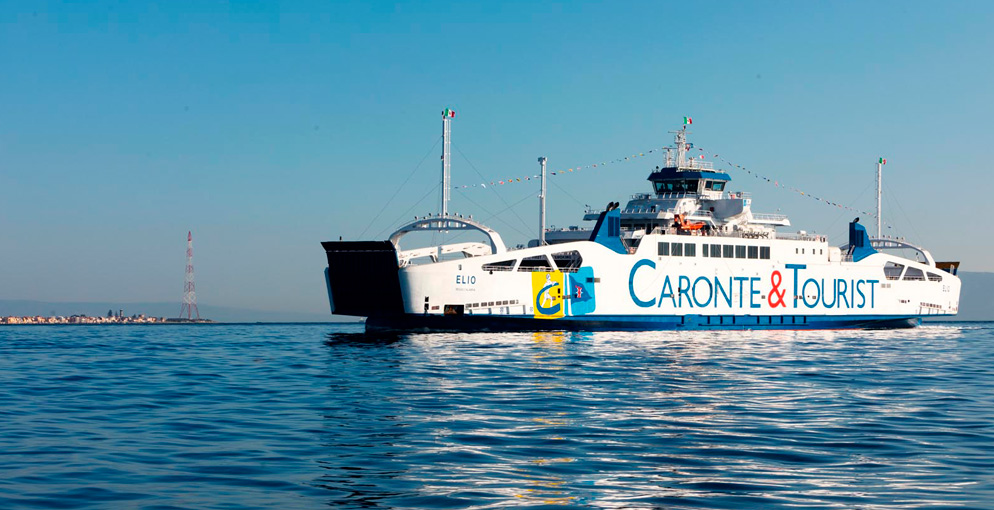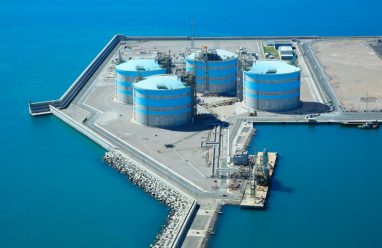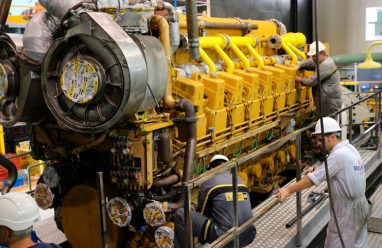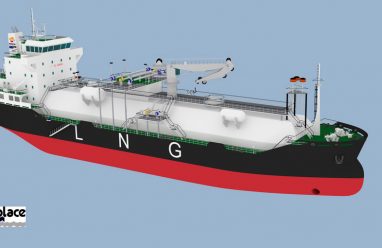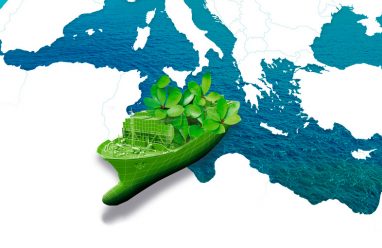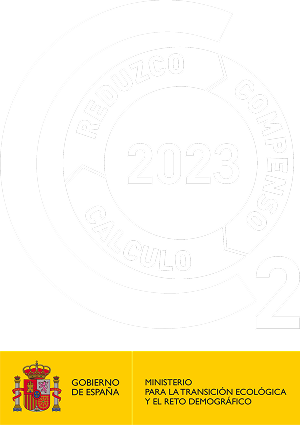GAINN4MOS
The objective of the project GAINN4MOS is to develop engineering studies and pilot tests of bunkering stations and ships that run on Liquefied Natural Gas (LNG) in six Member States: Spain, Portugal, France, Italy, Slovenia and Croatia.
Specifically, the first phase of the project included the development of basic engineering and detailed studies relating to the design of bunkering stations in the ports of Koper, Rijeka, Venice, La Spezia, Fos-Marseille and Nantes-Saint Nazaire, as well as studies on retrofitting ships to run on LNG.
In the second phase, a set of pilot tests was carried out, involving LNG bunkering stations in two Italian ports selected by the Italian Ministry of Transport, as well as the construction of the first LNG-fuelled ro-pax ship in the Mediterranean that now operates in the Strait of Messina in Italy.
The vessel selected by the Italian Ministry of Transport is a seven-deck ferry, owned by Caronte and Tourist, with capacity for carrying 1,500 passengers, 290 private cars and 35 trucks and trailers. The main engines are dual-fuel engines (6L34DF) designed by Wartsila with total output of 9,000 kW. The capacity of the LNG tanks is 150 cubic metres. The service speed is 12.5 knots. The ship is Italian flagged and RINA-classified with gas-fuelled notation (IGF compliant).
The project also included the works to adapt the Elengy regasification plants in Nantes-Saint Nazaire and Fos-Marseille to equip them with LNG bunkering stations for trucks and also, in the case of Fos-Marseille, for bunkering to ships.
Finally, the network of ports integrated in GAINN4MOS has contributed to defining a methodology for carrying out risk analysis of simultaneous operations of cargo loading, passenger boarding and LNG bunkering, and has shared its results. Said port network has also worked on training initiatives for emergency personnel in the port and the crew of the pilot ship.
In this regard, the GAINN4MOS project has made it possible to demonstrate the technical, economic and environmental feasibility of using LNG as a marine fuel, creating situations that combine supply and demand in the participating ports.

